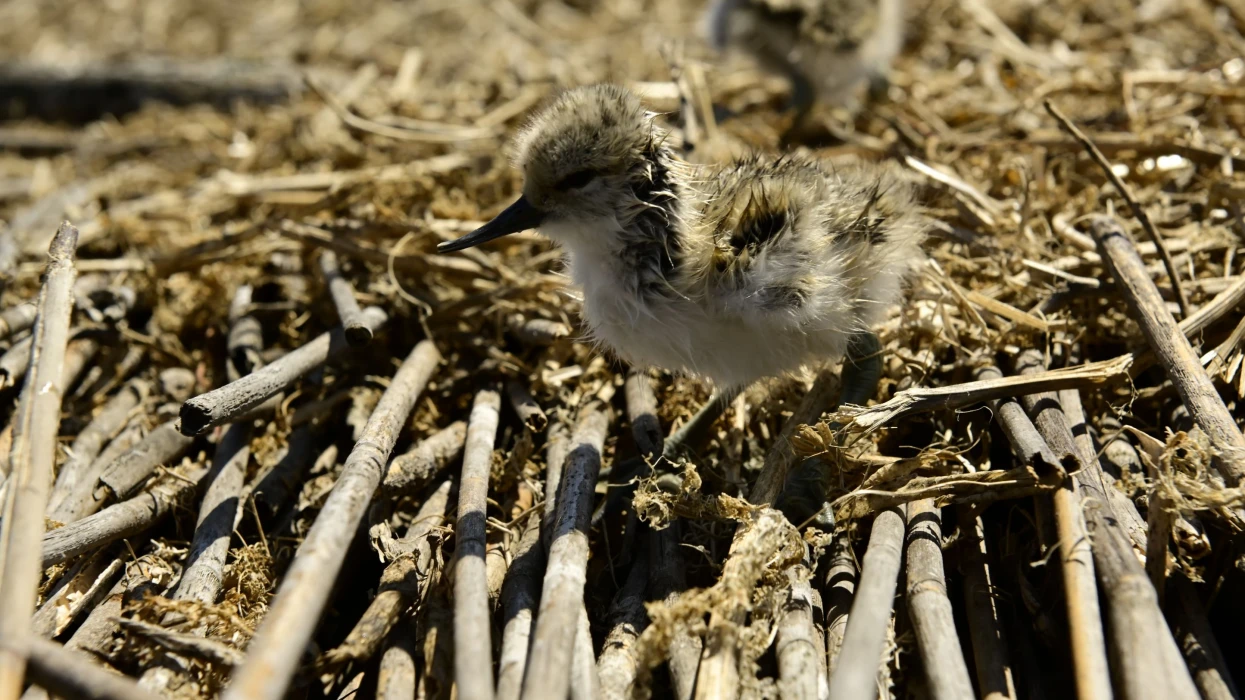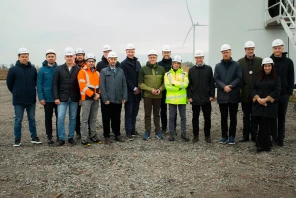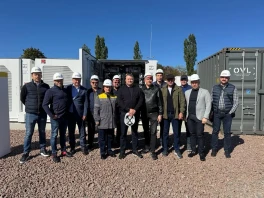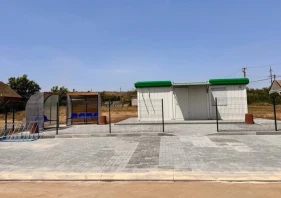In the spring of 2024, about 300 pairs of birds nested on the Bird Islands in the Tylihul Estuary. The Bird Islands environmental project has been implemented for four years with the support of DTEK Renewables and the Tylihulsky Regional Landscape Park.
This year, despite fears that the birds would change their migration route due to Russia's constant shelling of southern Ukraine, the birds arrived and nesting took place. Thus, the employees of the Tylihulsky regional landscape park (RLP) noticed not only a large number of eggs in the nests, but also the first chicks.
"The construction of artificial platforms and the successful nesting of birds on them has become a good precedent. Platforms cannot be overgrown with vegetation. Since they are elevated above the water level on stilts, predatory mammals cannot wander onto them. And such an approach has yielded positive results. For example, in the spring of 2024, about 300 pairs of colonial water-loving bird species nested on artificial platforms. The birds have laid eggs, from which chicks are already hatching. Therefore, the construction of artificial platforms is a vivid example of biotechnical measures that help birds perform the main function of life - to reproduce offspring," emphasized Ihor Herzhyk, head of the research department of the Tylihulsky RLP.
Among the birds that laid eggs were the following: river tern (Sterna hirundo), sandwich tern (Thalasseus sandvicensis), pied avocet (Recurvirostra avosetta), and kentish plover (Charadrius alexandrines), of which the pied avocet (Recurvirostra avosetta) and kentish plover (Charadrius alexandrines) are listed in the Red Data Book of Ukraine.
As a reminder, the artificial islands were built in 2021 to preserve the biodiversity of birds in the Tylihul Estuary and protect their offspring from predators. In partnership with the Tylihulsky Landscape Park, DTEK Renewables built 1,500 m² of bird nesting platforms. The "bird islands" are covered with straw and dry grass so that birds can build nests. The platforms are optimally adapted to the water level of the estuary. Due to their design and location in the middle of the estuary, they are hardly accessible to predators and people, so that no one disturbs the birds.
Artificial islands are a global practice of solving the problem of destruction of birds by predators and lack of nesting sites. As for the Tylihulsky Landscape Park, a year after the creation of the Bird Islands, park staff monitored population changes and recorded that the project helped birds breed up to 90% of their offspring.







